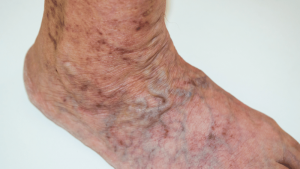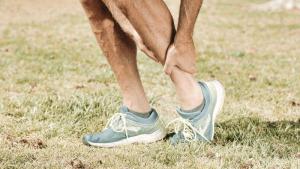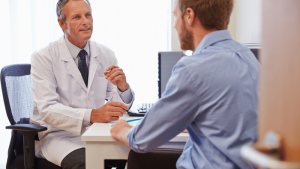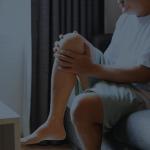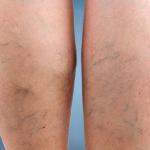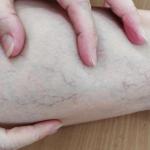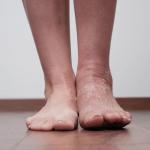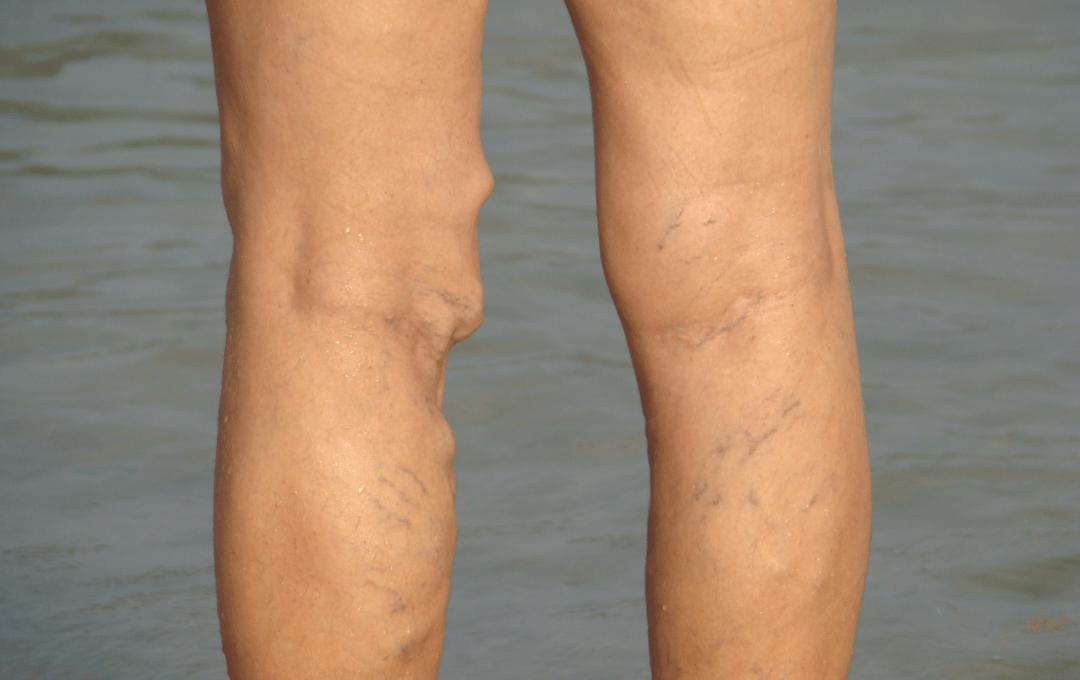
Varicose veins are a common condition affecting millions of Americans. Often appearing as twisted, bulging veins on the legs or ankles, they may seem like a minor cosmetic issue at first. However, varicose veins can be a warning sign of chronic vein disease and should not be ignored, especially if you’re experiencing pain, swelling, or skin changes.
If you’re wondering when you should get varicose veins treated, we hope to provide you information that will help you recognize the red flags and explain when it’s time to seek treatment.
Learn More About Chronic Venous Insufficiency
What Are Varicose Veins?
Varicose veins occur when the valves in your veins weaken or become damaged, causing blood to flow backward and pool in the vein. This leads to increased pressure, vein enlargement, and visible bulging beneath the skin. They most commonly appear in the legs due to the effects of gravity and prolonged standing or sitting. Their appearance results in swollen, twisted blood vessels that appear just beneath the skin’s surface. They may bulge in blue or purple rope-like patterns, typically on the lower legs, ankles, and feet.
When Should You Be Concerned About Varicose Veins?
You should start paying attention to varicose veins when they’re doing more than just changing the way your legs look. If you’re noticing ongoing pain, swelling, heaviness, or itching, especially after standing or sitting for a while, it’s time to take it seriously. Skin changes like dark patches around your ankles, thickening skin, or any bleeding or sores near the veins are warning signs that things could be getting worse.
These symptoms might mean that your circulation is struggling and could lead to more serious problems, like ulcers or blood clots.
1. Persistent Leg Pain or Discomfort
If your legs frequently ache, burn, or feel heavy—especially after standing for long periods—this could be a sign of poor circulation or chronic venous insufficiency (CVI). Pain is one of the most common symptoms that leads patients to seek vein treatment.
2. Swelling in the Legs or Ankles
Noticeable swelling, especially at the end of the day, can mean that blood and fluid are pooling in your legs. Swelling often points to progressing vein disease.
3. Skin Changes or Discoloration
As varicose veins worsen, they may cause your skin to become dry, itchy, or discolored. Dark brown or reddish patches, especially near the ankles, are signs of poor blood flow and inflammation beneath the skin.
4. Open Sores or Venous Ulcers
Non-healing wounds near the ankles—called venous ulcers—are a serious complication of untreated varicose veins. These ulcers are painful, prone to infection, and require medical treatment to heal properly.
5. Bleeding or Blood Clots
Veins close to the surface of the skin can sometimes rupture and cause unexpected bleeding. Additionally, varicose veins can increase the risk of developing blood clots, including superficial thrombophlebitis or deep vein thrombosis (DVT), which can be life-threatening.
Why Early Vein Treatment Matters
Ignoring the symptoms of varicose veins may lead to serious health risks over time. Fortunately, treating varicose veins early can prevent complications and improve your quality of life. At USA Vein Clinics, we offer non-surgical, outpatient vein treatments—including endovenous laser therapy (EVLT) and ultrasound-guided sclerotherapy to relieve symptoms and restore healthy circulation.
Meet with a Vein Specialist Near You
FAQs
Can varicose veins cause serious health problems?
Yes. Untreated varicose veins can lead to complications like skin ulcers, blood clots, or chronic venous insufficiency, a condition where blood pools in the legs.
How to Prevent Varicose Veins?
Lifestyle changes such as regular movement, exercise, and a healthy diet can help prevent varicose veins and manage leg swelling, fatigue, and cramping. Elevating the legs and wearing compression socks can also help promote blood flow. To effectively address vein disease, it’s important to consult with a vein specialist about appropriate treatment options.
Are Varicose Veins Dangerous?
Varicose veins can be dangerous due to the serious health complications they can lead to, such as bleeding veins, deep vein thrombosis (DVT), venous ulcers, and lipodermatosclerosis. Visiting a specialist for an early diagnosis is key to avoiding these complications.
Do Varicose Veins Go Away?
Varicose veins typically do not go away on their own. They may worsen over time if left untreated, potentially leading to serious complications such as venous ulcers or deep vein thrombosis (DVT). Minimally–invasive treatments like sclerotherapy, endovenous laser treatment, and radiofrequency ablation are FDA-approved and highly effective in reducing symptoms.
Can Varicose Veins Cause Blood Clots?
Varicose veins may increase the risk of blood clots because poor circulation and blood pooling in the affected vein can promote blood clot formation. If you suspect a blood clot, seek prompt medical care.

